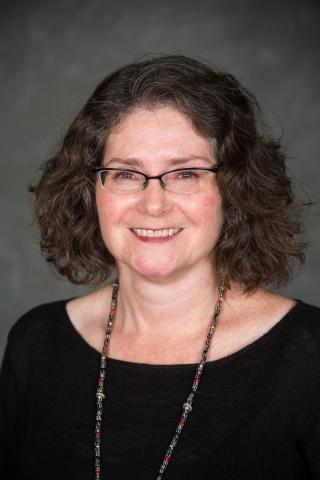
Sherry Lee Linkon is a professor of English at Georgetown University in Washington D.C., and edits the weekly blog Working-Class Perspectives.
Posts By This Author
Working-Class Blues (and Grays)
Frustration and resentment can draw working-class people in multiple directions - including activism.

alisafarov / Shutterstock
THE STATE OF THE U.S. working class gives us many reasons to feel discouraged. Wages have stagnated even as productivity has increased significantly. With independent contracting and the “gig economy,” jobs have become less secure. The Bureau of Labor Statistics predicts that most job growth will be in low-paying fields, such as home health care and food service. Union membership, a central measure of the social cohesion and political power of the working class, has fallen to 11 percent, down by almost half since the early 1980s.
Medical research links economic frustration to rising death rates among middle-aged whites and addiction among younger adults. Long encouraged to believe that hard work would translate into economic stability, working-class people have, as one of the researchers, Angus Deaton, put it, “lost the narrative of their lives.”
Two important shifts in how people think about class and work suggest reasons for cautious optimism. They also suggest possible roles for faith-based organizations.
The first reason might seem counter-intuitive: Americans in general, and younger Americans in particular, increasingly identify themselves as working class. Gallup polls over the past 15 years show that the number of Americans who identify themselves as upper-middle or middle class has fallen by 12 percent, while the number who identify as lower or working class has risen by 15 percent. More than 56 percent of millennials identify as working class, compared with 44.2 percent of baby boomers. Even younger adults with college degrees—which pollsters often use to identify respondents as middle-class—find themselves working part-time, low-wage jobs, struggling with student loan debt, and unable to afford the traditional markers of adulthood, such as home ownership. These surveys (and this year’s political campaigns) suggest growing anger over economic inequality, but as community organizers know, frustration and anger can inspire action.